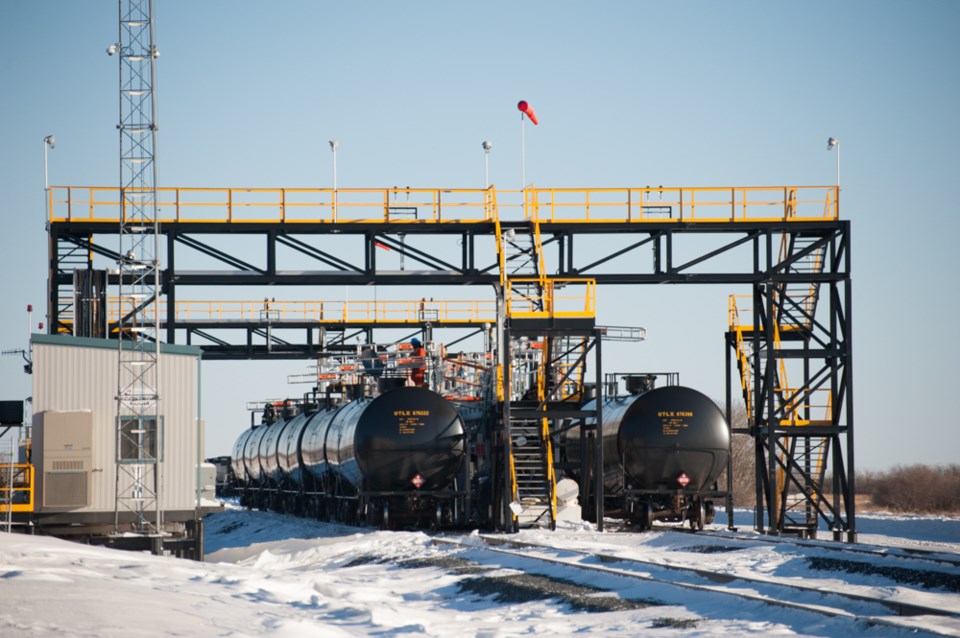With crude oil prices in the tank, it’ll be interesting to see if that crude continues ending up in the tanker, as in tanker rail car.
The National Post reported on Feb. 2 that demand for rail tanker cars had, well, tanked. Fifteen complete unit trains were sitting in storage in the U.S. Midwest. Lease rates had plummeted, with one report of monthly leases dropping for $4,000 to as low as $500. If it really has hit that low, that’s less than $1 per barrel in that tanker car. Anything lower, and they’d be paying the leasee.
The article went on to talk about how the spread between West Texas Intermediate and Brent crude had fallen to $5 a barrel from $28 in 2011, and that African crude was now displacing North American rail-sourced crude at eastern ports.
These developments have profound implications for our industry. Just last fall we were writing about the huge increase in crude-by-rail shipments and new loading, larger facilities popping up all over the place. There’s been a substantial transition from Phase 1 crude-by-rail – trucks loading directly into rail cars on little more than slightly improved rail sidings, to Phase 2 – purpose-built loading facilities connected to substantial nearby tank storage. This could be found at Stoughton and Cromer, Man., with another planned for Kerrobert.
One of the largest developments was the construction of the Ceres Northgate Commodity Hub, with its new loop track within spitting distance of the U.S. border on the BNSF railway. Their development plans saw grain loading as a first priority. One wonders if planned crude-by-rail facilities might be put on the backburner for a while?
None of this is really surprising. Numerous talks over recent years at the Williston Basin Petroleum Conference in both Regina and Bismarck, N.D. pointed out that crude-by-rail is the most flexible part of the transportation puzzle. It could dramatically add shipping capacity easily and cheaply (to set up), but would be more expensive to actually use on an ongoing basis than traditional pipelines. There’s always been an understanding that crude-by-rail, as the most expensive shipping option, would be the first to go when other alternatives became available.
The assumption was always that new, additional pipelines would displace crude-by-rail. Shipping by train would be a transitional strategy at best, and when the pipelines were built to handle all that new crude from North Dakota, well, rail would start to diminish. But then something unexpected happened. Rail opened up new markets, like the east coast refineries, allowing mid-continental oil to compete with, and indeed displace, a lot of ocean-tanker-borne crude. One speaker at the 2014 WBPC noted they had saved the east coast refining business, which was on the down and out.
Apparently the gratitude for С����Ƶ “saved” didn’t last long, with African crude now reclaiming those same refineries.
The new pipelines, of which Keystone XL is one, have not yet come anywhere close to the takeaway capacity needed to contend with the North Dakota Bakken’s 1.2 million barrels a day production. Even with the precipitous decline in oil prices, North Dakota’s production is going to be over 1 million bpd for a long time to come. Rail will still have a place, even if it’s not as sexy as it once was.
Without new major pipelines, crude-by-rail will still be needed, but how it can compete in a world of sub-$50 oil is another question.
One last thing, just before this paper went to press, one crude-by-rail train derailed and caught fire in northern Ontario, and another did the same in West Virginia.




